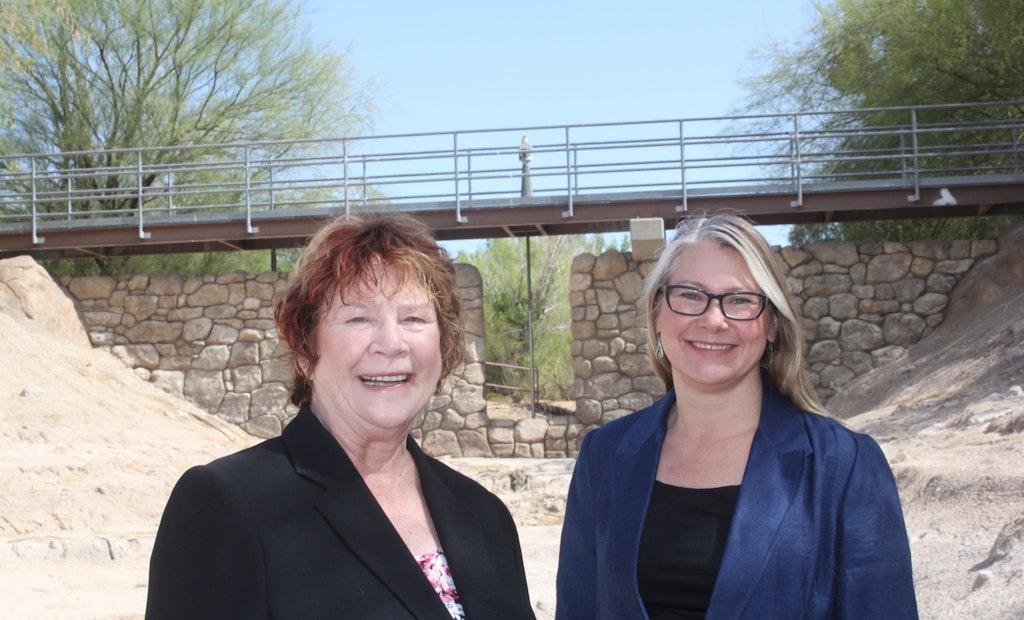
Pima County’s Flood Control Director Suzanne Shields (left) and hydrologist Jennifer Becker stand in front of a nearly dry retention basin as they await the monsoon rains arrival. (Photo By Lee Allen)
Acknowledging that it all flows downhill, engineers at the Keno Environmental Restoration Project in Southern Arizona recently decided to take what nature would offer and established an ecosystem within a flood-control basin that also provided both economic and recreational...





